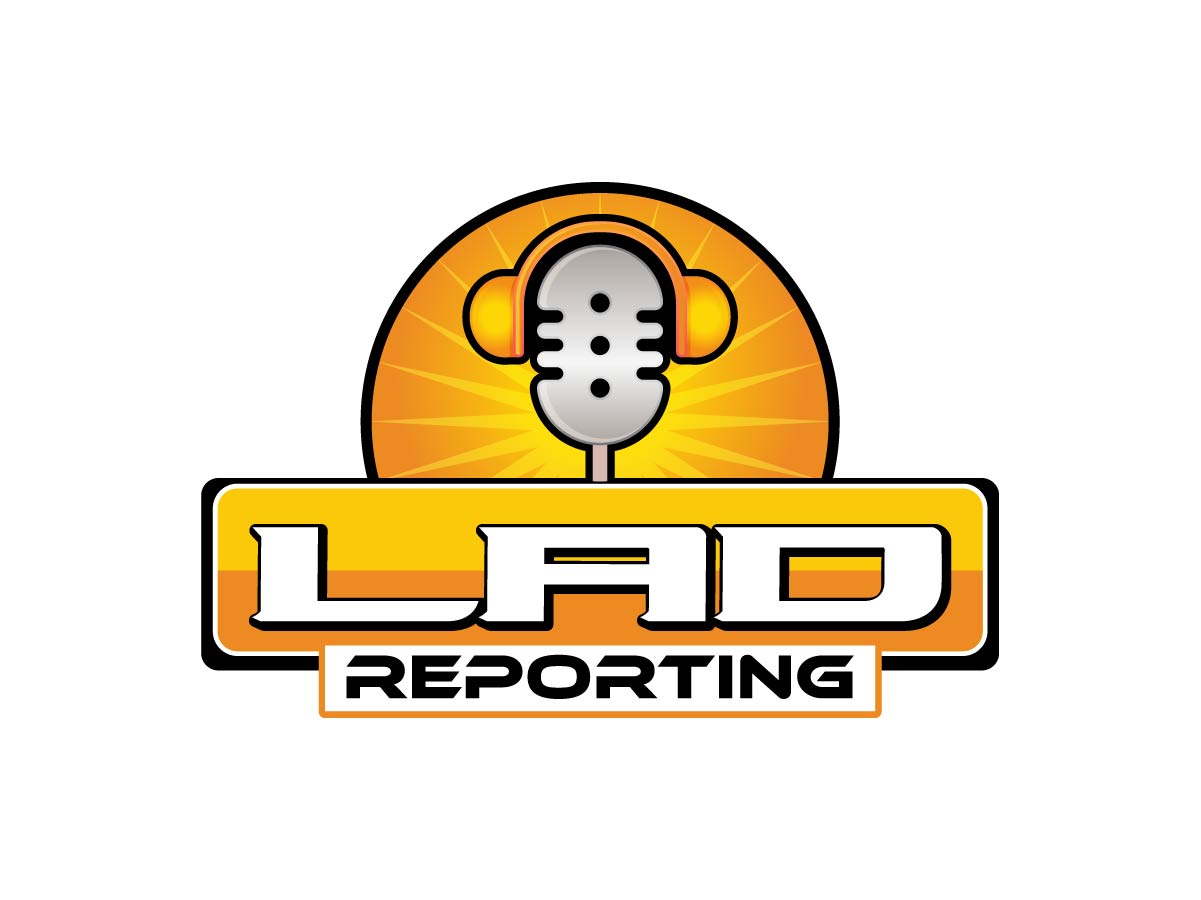China Experiences Over 7,000 Chikungunya Cases in Guangdong as Authorities Launch Emergency Response

GUANGZHOU, CHINA – Health authorities in China have confirmed more than 7,000 cases of chikungunya fever across Guangdong Province since early July, prompting the deployment of aggressive containment measures and raising regional health concerns.
The outbreak marks one of the largest documented surges of chikungunya in China, a country where the virus has historically been rare. Most infections have been concentrated in the city of Foshan, with cases spreading across at least 12 other cities in the southern province.
Escalation and Containment Strategy
As of this week, nearly 3,000 new cases were recorded within a seven-day period. Although health officials have stated that 95% of infections have been mild and resolved within a week, the surge has triggered broad-based containment efforts modeled after COVID-19 protocols.
Patients in heavily affected areas such as Foshan are being isolated in hospital settings, with mandatory seven-day stays or discharge only after testing negative. Beds are shielded with mosquito nets to prevent further spread within medical facilities.
In a statement, Guangdong health authorities committed to taking “decisive and forceful measures” to suppress the outbreak. Municipal governments are enforcing mandatory sanitation directives, including the elimination of stagnant water sources a known breeding ground for the virus-carrying Aedes mosquito.
Officials have also imposed fines of up to 10,000 yuan (approximately $1,400) on residents who fail to remove standing water from household items such as flowerpots, discarded bottles, or appliance reservoirs.
Innovative Vector Control and Public Health Messaging
To curb mosquito populations, authorities have deployed unconventional biological controls. These include releasing mosquito-eating fish 5,000 of which were introduced into urban lakes in Foshan last week and dispersing large, non-biting “elephant mosquitoes” that prey on chikungunya-carrying mosquito larvae.
Drones equipped with thermal and visual sensors are also being used to detect breeding grounds in inaccessible urban zones.
Local health departments have urged residents exhibiting symptoms such as fever, rash, or joint pain to seek immediate testing. Public education campaigns have been launched across digital platforms and traditional media.
While the virus is non-contagious between humans, it spreads when a mosquito bites an infected person and subsequently bites another host. The World Health Organization (WHO) continues to emphasize that vector control remains the most effective mitigation strategy.
First Case in Hong Kong and Regional Travel Advisory
On Monday, Hong Kong reported its first confirmed case: a 12-year-old boy who had visited Foshan in July and presented with fever, rash, and joint pain upon return. The U.S. Centers for Disease Control and Prevention (CDC) has issued an advisory urging travelers to China to exercise “increased caution.”
Despite the limited severity of symptoms, the unfamiliarity of the disease among China’s general population has led to heightened anxiety on social media. Posts on Weibo reflect concerns over long-term joint complications and the apparent parallels to China’s pandemic-era response.
“This is scary. The prolonged consequences sound very painful,” one user commented. Others questioned the necessity of quarantine measures for a non-contagious illness, with one post reading, “It’s not as though an infected person will go around biting people.”
A Rare but Global Disease
Chikungunya is a viral illness first identified in Tanzania in 1952. It is now endemic in over 110 countries across South and Southeast Asia, Africa, and the Americas. Outbreaks in non-endemic regions, such as parts of Europe and China, are becoming more frequent due to rising global temperatures and increased human mobility.
Symptoms typically appear within three to seven days of infection and include high fever, severe joint pain, rash, and muscle aches. While most patients recover within a week, some particularly the elderly, newborns, or those with pre-existing conditions may experience chronic joint issues lasting months or even years.
There is currently no antiviral treatment or vaccine for chikungunya. Management is supportive and focuses on hydration, rest, and pain relief. Fatalities remain rare but not impossible, particularly in vulnerable populations.
Comparisons to Global Contexts
Similar outbreaks have been recorded in India, Indonesia, and Kenya in recent years. However, the scale of the current Guangdong outbreak stands out due to the rapid escalation and China’s assertive public health interventions.
Experts have pointed to climate change as a compounding factor. Warmer temperatures and increased rainfall in southern China have expanded mosquito habitats, making the region more susceptible to vector-borne illnesses previously uncommon in the country.
Dr. Lin Qiaoyun, an infectious disease specialist based in Shenzhen, emphasized the importance of long-term environmental management. “We are no longer insulated from tropical diseases,” she noted. “Vector control must become a standing agenda item for public health planning in southern China.”
Conclusion
While China’s swift containment measures have so far kept mortality at zero and reduced hospitalization timeframes, the outbreak serves as a stark reminder of the vulnerabilities associated with vector-borne diseases in an era of ecological volatility.
International health agencies are monitoring the situation closely as authorities in Guangdong continue vector-control operations and community surveillance. China’s experience may now serve as a reference model for other nations navigating emerging outbreaks in new geographies.
Read More: LAD REPORTING




